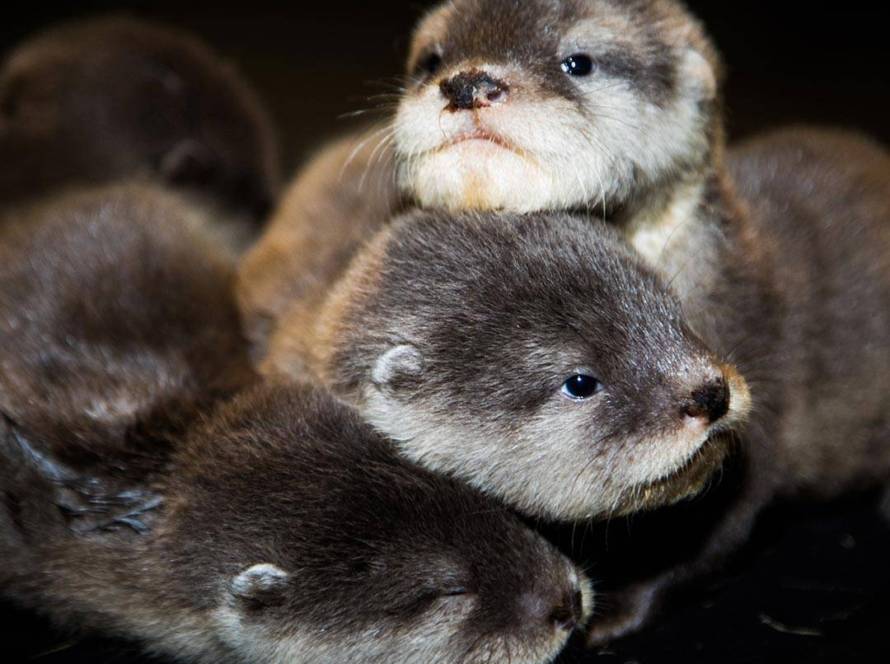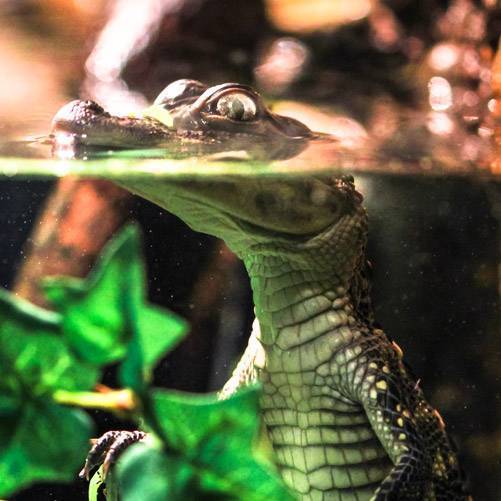Trachurus trachurus, commonly known as horse mackerel in Turkey, is a common fish species both in its natural habitat and in large aquariums. This species belongs to the mackerel family (Carangidae) and is highly valued for its flavor and nutritional value. In Turkey, it is found especially in Marmara, Aegean and Black Sea. So, what are the characteristics of horse mackerel, how should it be fed in the aquarium and how to care for it? Here are the details!
General Characteristics of horse mackerel
The horse mackerel is a long and slender fish. It is known for its shiny silver-colored body and the slight blue-green tones on its back. This species can usually reach a length of 15-25 cm, but rarely grows up to 40 cm. Its tail is forked and it is known for its fast swimming ability. It lives in schools and feeds on small fish, plankton and crustaceans.
Mackerel Care in the Aquarium and Nutrition
Since the mackerel is naturally an offshore species, it is difficult to keep in small home aquariums. However, in large marine aquariums or large public aquariums, mackerel can be kept with special care.
1. Aquarium Size and Conditions:
Large and deep aquariums are required for mackerel. It is recommended to have a volume of at least 1000 liters. To ensure natural living conditions, the aquarium should have a drainage system and the water should be constantly circulated.
2. Water Temperature and Quality:
Mackerel like to live in cold water. The temperature of the aquarium water should be between 12-18°C. Water salinity should be set around 1.5%. The water filter and oxygen system should be strong and water should be changed weekly.
3. Feeding:
In an aquarium environment, mackerel should be fed mainly protein. Here are suitable food options:
- Live Feeds: Live food such as plankton, small crustaceans and shrimp are ideal.
- Frozen Feeds: Frozen sea creatures such as artemia, bloodworms, water fleas can be given.
- Ready Feeds: Quality granular and flake feeds specially produced for marine fish can also be preferred.
Supplementary Nutrients: Vitamin supplements and mineral supplements are important for healthy growth.
Some Important Points in the Care of Mackerel Fish in the Aquarium
Feeding should be done 2 times a day in small amounts. Excessive feed should be avoided. Live, frozen and prepared feeds should be used alternately. Weekly water changes and water cleaning with a strong filtration system should be ensured. A calm and peaceful environment should be created for mackerel and stress factors should be minimized.
4. Aquarium Layout:
A natural marine environment should be created in the aquarium. Sand bottom, artificial corals and rocks can be added. However, too much decoration should be avoided and the swimming area should be kept wide. Current simulations are useful for fish to maintain their natural behavior.
5. Compatible Species:
Since mackerel are schooling fish, it is healthier to keep them in groups. It is recommended to keep several mackerel of the same species in the same aquarium. They can also be compatible with peaceful and similarly sized fish species that can adapt to seawater.
Recommended Species: Small sea fish such as haddock, anchovies, sardines.
About the Natural Nutrition of Mackerel Fish
In their natural habitat, horse mackerel feed on small fish, plankton and crustaceans. They hunt on the seabed, but also protect themselves by traveling in schools. They use their fast swimming skills to find their prey. When feeding, they prefer bait that moves directly in the water. Therefore, live baits that move actively in the aquarium environment will provide them with a more natural diet.
Frequently Asked Questions About Mackerel
- In which seas is horse mackerel found? The distribution of horse mackerel in the Black Sea, Marmara and Aegean Seas in Turkey and their habitats around the world are curious.
- What are the benefits of horse mackerel? Mackerel, omega-3 fatty acids, protein and Vitamin D rich in vitamins and minerals. It protects heart health, strengthens bones and supports the immune system.
- How to catch horse mackerel? This species, which is fished both commercially and amateur, is fished commercially with large nets in accordance with the legal fishing period. Apart from this, it can also be hunted by people who are engaged in amateur fishing with fishing rods.
- In which season should mackerel fish be consumed? It is recommended to consume mackerel in the fall and winter months when it is the most delicious and oily.
- Is mackerel poisonous? No, mackerel is not poisonous. It can be safely consumed as long as it is fresh.
- Can you eat mackerel eggs? Yes, mackerel eggs can be eaten. It has high nutritional value and is especially used in Black Sea cuisine.
- What is the difference between mackerel and sardines? A mackerel is a larger fish less fatty. Sardines are smaller and fatter. The flavor of horse mackerel is lighter.
- How to Clean Mackerel Fish? After the scales are scraped off, the head is cut off and the internal organs are removed. Then it is washed thoroughly with water.
- What are the differences between horse mackerel and bluefish? Bluefish is bigger (30-50 cm) and fatter. Bluefish is smaller and less fatty. The flavor of bluefish is more intense.
- In Which Countries is Mackerel Fish Found? Mackerel, Turkey, Greece, Spain, Portugal, France and Italy found in countries like
- Can Mackerel be kept in an aquarium? The mackerel requires a saltwater aquarium. It requires a large aquarium (at least 500 liters) and should be kept in schools. However, it is not preferred in home aquariums because it is difficult to maintain.




